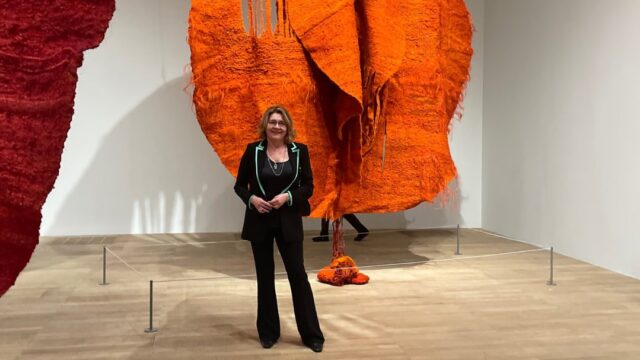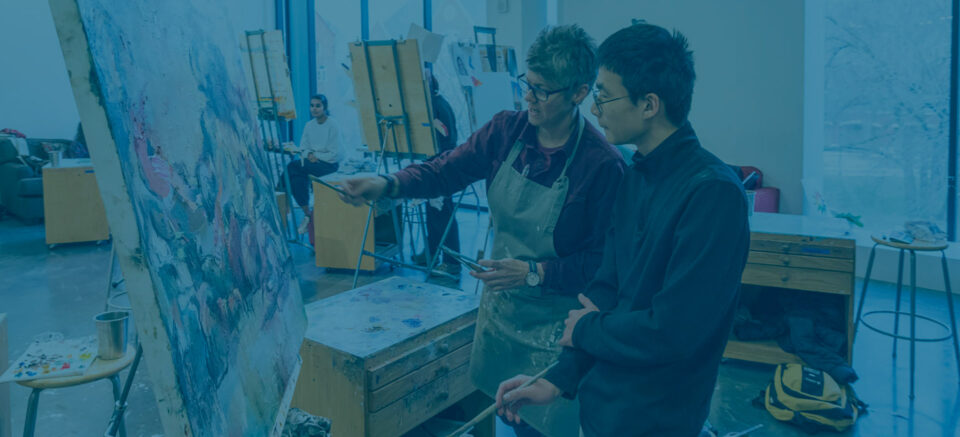
Art History Professor’s Book Illuminates Curators of Tate Modern Exhibit
In 2004, Dr. Joanna Inglot, Edith M. Kelso Associate Professor of Art History, wrote one of the definitive books about the 20th century Polish artist Magdalena Abakanowicz. Eighteen years later, the Tate Modern is hosting a prominent exhibition of the artist’s work. Professor Inglot, whose book, The Figurative Sculpture of Magdalena Abakanowicz: Bodies, Environments, and Myths, was cited as “pivotal” and “groundbreaking” by the famed curator Mary-Jane Jacob, will be in attendance as a special guest for the opening.


